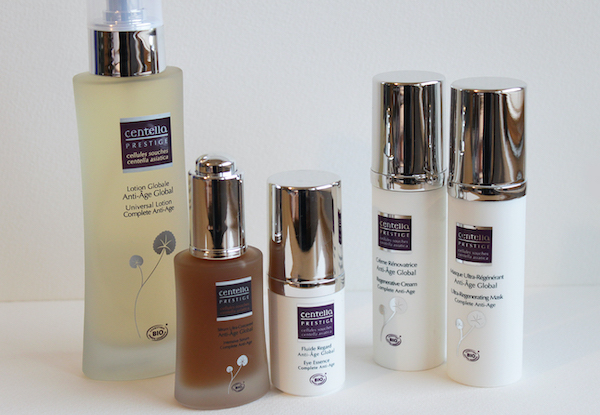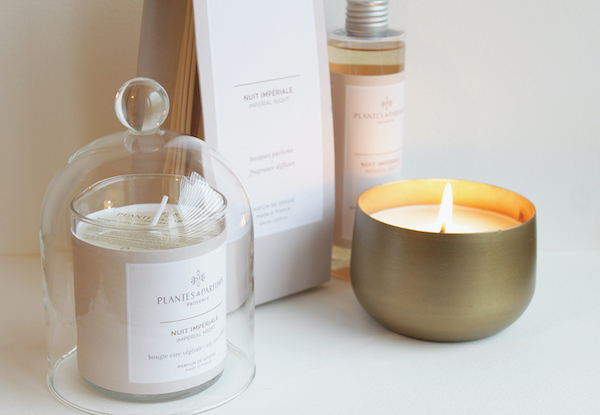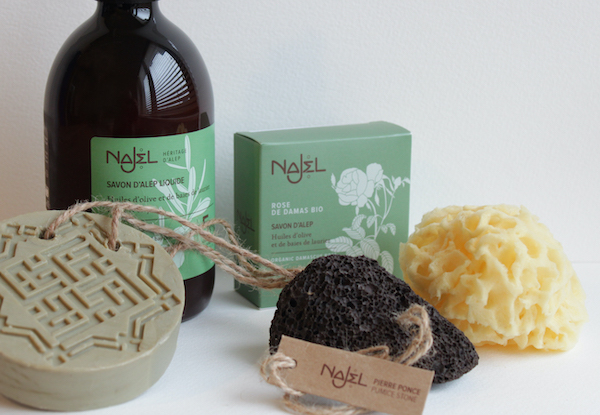Samhain and the Origins of Halloween
‘When witches go riding,
and black cats are seen,
the moon laughs and whispers,
‘tis near Halloween!”
Halloween has long been a jovial festival, celebrated over many centuries, and it’s now just around the corner! Children notoriously dress up as witches, ghosts and ghouls. The anticipation of sweet treats, games and traditions stir excitement in all. However, Halloween isn’t just a time for dressing up and enjoying parties and games. It is an ancient traditional feast day, that is steeped in Celtic history.
The History of Samhain
Halloween is well known for being a joyous festival, celebrated in many countries around the globe every year on the 31st of October. However, this infamous occasion started many moons ago, in a very small part of the world. Ireland. Specifically, at an ancient Neolithic site in Athboy, Co. Meath, known as ‘Tlachtga’. This translates to The Hill of Ward. Halloween was known as Samhain (Sah-win) at this time. The term Halloween only came about at the birth of Christianity, and refers to the feast day of ‘All Hallows Day’ or ‘All Saints Day’, which is celebrated on the 1st of November, and thus the term ‘All Hallows Eve’ was born, eventually becoming abbreviated to ‘Halloween’.
The term Samhain translates to ‘Summers End’. It marks the ending of the summer months and harvest season, and the beginning of the winter, or ‘darker half’ of the year on October 31st. Samhain was celebrated by Celtic pagans predating about 2000 years ago. It began at sunset, as life transitioned into the darkness of the winter. The festival was first celebrated on The Hill of Ward, which was one of the main spiritual sites for ancient Irish pagans. However, this tradition soon spread to other Celtic parts of the world such as Scotland, and even in Galicia in Spain, Wales and Cornwall, and Brittany, France.
Samhain usually took place near burial sites and tombs, as it was believed that when the sun set on the 31st of October, the veil between the living and the dead became very thin. The Celts believed that when this occurred, the Aos Si, translating to Fairies or spirits in Gaelic, could cross over into our world. The burial sites and tombs, such as those seen at Newgrange in co. Meath, were regarded as portals to the Otherworld and allowed for spirits to easily passthrough on Samhain. In Celtic mythology, the Otherworld was regarded as being a realm of everlasting youth, beauty and joy, which existed parallel to our world.

The Traditions of Samhain
During Samhain many traditions and rituals were carried out in order to appease the spirits for protection as they entered the harsh winter months. The Aos Si (spirits) were either known for being benevolent, and sometimes slightly more mischievous! Benevolent spirits were believed to help Druids and Celtic Priests with prophecies of the future months to come. This allowed them to make predictions for weather conditions and crop growth. It was a source of comfort for pagans, as they relied heavily on nature for their survival.
The not-so-benevolent spirits, were believed to bring about bad fortune, such as crop death and harsh weather. In order to stay on their good side, the Celts would carry out different rituals to ensure their protection. These included lighting and dancing around bonfires and offering foods of the harvest.
Bonfire lighting was an important part of the festival. It was believed to have magical powers that could imitate the sun, ensuring growth and vitality during the dark winter months. The fires were also thought to have protective and cleansing powers, and warded off malevolent spirits and bad fortune. People would also take some of the bonfires back to protect their homes.

The Origin of the Pumpkin
Like many Halloween traditions, the use of pumpkins and pumpkin carving have stood the test of time. However, pumpkins did not come about until much later. Initially the tradition of carving pumpkins, again started in Ireland. But it originaly started with turnips and later pumkins.
This tradition was based on the legend of ‘Jack-O-Lantern’ or ‘Stingy Jack’. Stingy jack was said to be a very mischievous man, who was banished from both Heaven and Hell for his tricks. He was left to wander the earth as a ghost for eternity, with only a hollowed out turnip and a lump with burning coal to light his path. This later led to locals carving out scary faces in their own turnips and lighting them to ward off bad spirits.
When Irish immigrants went to the US they took with them their traditions, and turnips were replaced with the native pumpkin. The carved out pumpkins soon became known as ‘Jack-O-Lanterns’.
Pumpkins are even used in skincare! Orange-coloured fruit and veg such as pumpkins and carrots contain Carotene (vitamin A). This anti-oxidant extract helps with skin cell renewal and anti-aging, providing UV protection and helping to brighten dull skin.
You can actually find this extract in Centella’s Serum Sublime Eclat and Creme Sublime Eclat
Shop at our Salon in Harold’s Cross, and online.

Decorating
Decorating ones home has also long been a tradition of Samhain and Halloween. Candles were one of the ways in which people would embellish their homes. This was multipurpose in that it was a decorative way to bring light and warmth to rooms.
Here at V Claire we have some beautiful, decorative and aromatic natural soy wax candles by Plantes & Parfums, that we stock in our salon and online. Plantes & Parfums candles are natural and are made from plant based soy wax and plant oils from Provence, France, with a natural cotton wick.
We have chosen these selection of candles below as they all have warm, spicy and woody fragrances, to bring comfort and warmth to your home.
See our selection of warming and comforting candles we have click on the images below.
*Please note that candles must be lit for at least 1.5 hours and the wick cut to 0.5cm upon first use*
- By The Fireside

2. Amber Intense

3. Oriental Wood

4. Imperial Night

5. Orange Cinnamon

Start your skincare journey with us today: book your facial or purchase our products at www.vclairenaturalbeauty.ie , or call us at 01 497 8833 or Book Online
Also check out our Instagram for more updates on everything skin!










